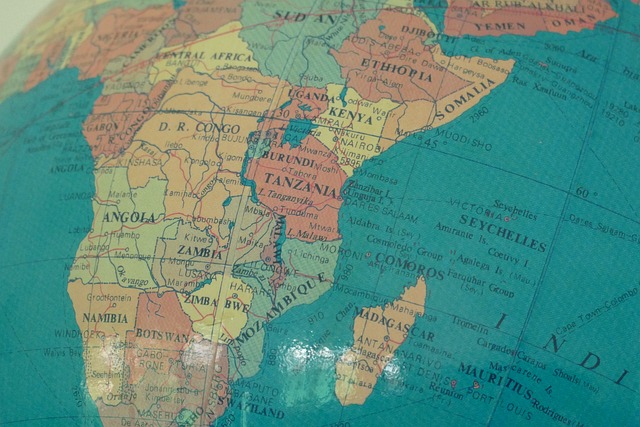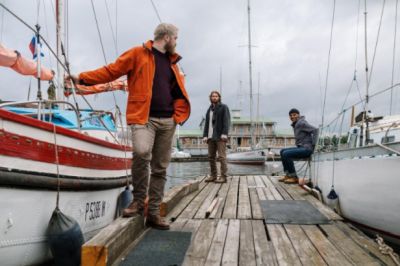Exploring the Heart of Africa: A Guide to Tanzania

Tanzania is a country located in East Africa, bordered by Kenya and Uganda to the north, Rwanda, Burundi, and the Democratic Republic of Congo to the west, and Zambia, Malawi, and Mozambique to the south.
With a population of over 59 million, Tanzania is known for its diverse wildlife, stunning landscapes, and rich cultural heritage. In this guide, we will explore some of the must-see attractions and activities in Tanzania.
Mount Kilimanjaro: Conquering Africa’s Highest Peak
One of Tanzania’s most iconic landmarks is Mount Kilimanjaro, the highest mountain on the African continent, towering at an impressive 5,895 meters.
The mountain is located in the Kilimanjaro National Park, a UNESCO World Heritage Site, and is a popular destination for trekkers and hikers from all around the world. The climb to the summit takes around 5-7 days, depending on the route taken and the climber’s fitness level.
The most popular routes are the Machame, Lemosho, and Marangu routes, all of which offer stunning views of the mountain and the surrounding landscape.
Serengeti National Park: Great Wildebeest Migration
The Serengeti National Park is Tanzania’s most popular national park, known for its abundant wildlife and the Great Wildebeest Migration.
The migration is a natural phenomenon that takes place every year, where millions of wildebeests, zebras, and gazelles make their way across the Serengeti in search of greener pastures. The migration is a spectacular sight, with predators such as lions, cheetahs, and hyenas following closely behind the herds.
The best time to witness the migration is between July and September, but the park is open year-round, and there’s always plenty of wildlife to see.
Ngorongoro Conservation Area: Exploring the World’s Largest Intact Caldera
The Ngorongoro Conservation Area is a protected area located in the Crater Highlands area of Tanzania. It is home to the Ngorongoro Crater, the world’s largest intact caldera, formed by a collapsed volcano over 2.5 million years ago.
The crater is a unique ecosystem, with its own microclimate, and is home to over 25,000 large mammals, including elephants, lions, rhinos, and wildebeests.
The area also has a strong Maasai cultural presence, and visitors can learn about the Maasai’s traditional way of life and see their cattle grazing alongside the wildlife.
Zanzibar: Relaxing on the Spice Island
Zanzibar is an archipelago off the coast of Tanzania, known for its pristine beaches, crystal-clear waters, and vibrant culture. The island has a rich history, having been a center for the spice trade and a hub for the slave trade in the 19th century.
Today, visitors can explore Stone Town, a UNESCO World Heritage Site and the historic heart of the island, where they can wander through the narrow alleys, admire the Arabic and Indian architecture, and visit the spice markets.
Visitors can also relax on the white sandy beaches, swim in the turquoise waters, and enjoy water sports such as snorkeling and scuba diving.
Tarangire National Park: A Hidden Gem
Tarangire National Park is a lesser-known national park located in northern Tanzania, known for its large elephant herds, baobab trees, and stunning scenery.
The park is less crowded than some of Tanzania’s other national parks, making it a great option for those looking for a quieter, more intimate safari experience.
So, no doubt Tanzania is a must-visit place and you should check out for a visa today, in order to plan your visit to this wonderful place.






